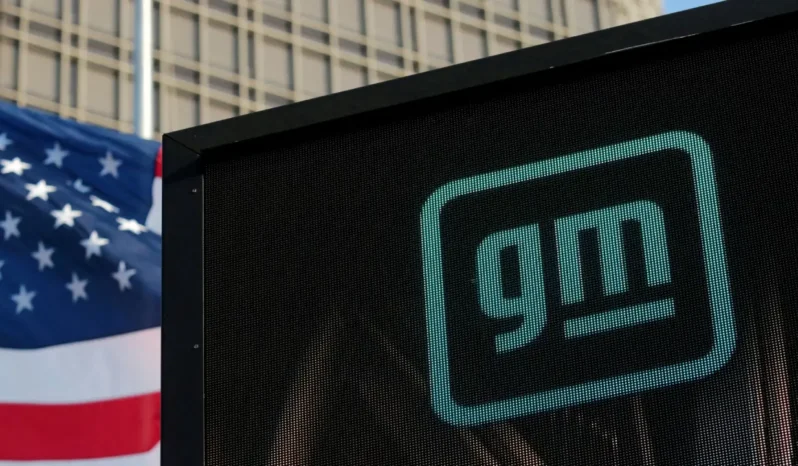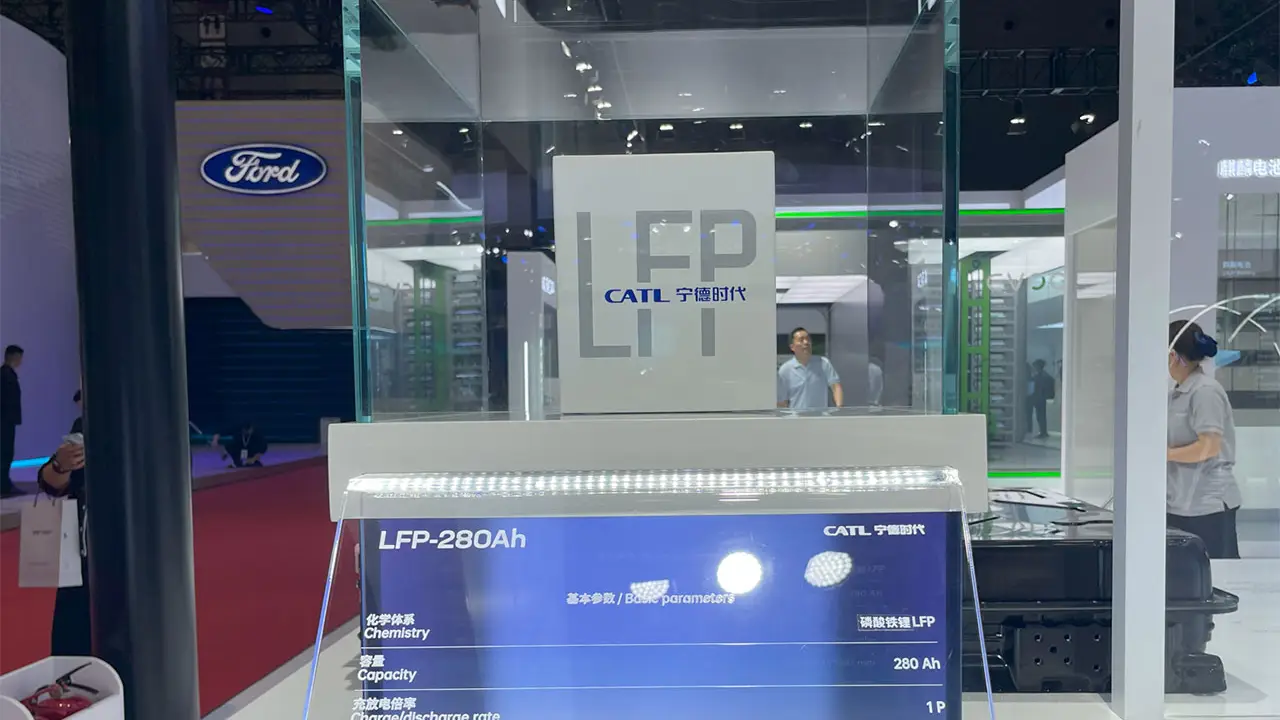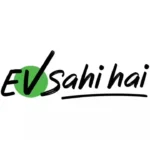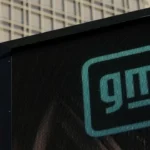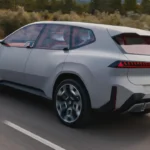General Motors (GM) has officially announced it will import batteries from China’s CATL. The world’s largest battery maker. Temporarily to power its next-generation second-generation Chevrolet Bolt EV. This new strategic move was covered on August 7, 2025. It is anticipated to influence GM’s EV portfolio within the next two years.
Key Details of the Deal Between GM & CATL
- Timeline and Models: GM will utilize CATL’s lithium iron phosphate (LFP) batteries for the new Chevy Bolt. It is set to be assembled at the Fairfax Plant in Kansas later in 2025 and delivered to dealerships in 2026.
- Temporary Arrangement: The partnership with CATL is a stopgap measure. GM aims to transition to domestically produced batteries with South Korean partner LG Energy Solution.
- Pricing and Battery Technology: The upcoming Bolt EV is likely to be the most budget-friendly EV of GM. With an estimated starting price in the range of $30,000 and a range of nearly 300 miles. The transition to LFP batteries guarantees significant upgrades. The greater range, quicker charging, and greater safety.
- Manufacturing Shift: The decision comes as GM’s existing battery lines in the U.S., focused on nickel-based chemistries. They undergo conversion for LFP cell production. The auto giant pursues internal LFP manufacturing with LG and Samsung SDI.
GM: Tariffs, Policy, and Competitive Landscape
- Tariff Burden: Bringing in Chinese-produced batteries will be expensive for GM. Tariffs on Chinese EV batteries now stand at about 80%. It has a direct impact on production cost and profitability.
- Policy Changes: The federal $7,500 electric vehicle tax credit will be eliminated for all vehicles beginning September 30, 2025. The Bolt would previously have been excluded from the credit. Now, GM’s model will be on an equal footing with rivals.
GM: Market Context
- CATL is still the world’s leading battery player with a first-half 2025 market share of 37.9%. The transaction highlights the growing dependence of U.S. automakers on Chinese suppliers for cheap, high-quality battery technology.
- Ford also is licensing CATL’s LFP technology for use at its Michigan battery plant. Part of a broader industry trend.
Industry Perspectives
- Geopolitical Risks: Foreign suppliers pose both short-term benefits and long-term supply chain risks due to dependence on them. Particularly in a time of rising tariffs and regulatory oversight, analysts caution.
- Cost Advantage: CATL’s LFP batteries can save 20–35% compared to conventional alternatives. GM’s action with the Bolt is perceived as a bid to price-out rivals at low profitability.
ELCTRIK Speaks
GM’s temporary importation of CATL batteries for the new Bolt EV highlights the dilemma. Trade-offs confronting the American automotive industry. As it aims to speed the transition to affordable electric vehicles without compromising competitiveness. With ongoing developments in battery technology, trade policy, and geopolitics. Industry observers will closely monitor how GM navigates the transition from foreign reliance to domestic independence.

